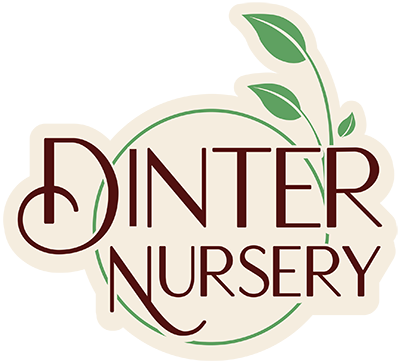Gardening in a Changing Climate
Our region can expect more than a doubling in the number of summer days above 25°C, from an average of 16 days per year to 39 days per year. The 1-in-20 hottest temperature is projected to increase from 33°C to 37°C by the 2050s. By the 2050s our region can expect 30% more precipitation on very wet days and 65% more on extremely wet days. Despite the projected increased intensity of wet events, the amount of rain in summer is expected to decrease by 17%, and the duration of dry spells will be lengthened by about 20%.
How can gardeners adapt their gardens and landscapes to be more resilient to this new normal? And how can gardeners do their best to garden in a way that benefits them, the planet, and Cowichan Valley's biodiversity and habitat?
Water
Establishing new plants and gardens: Plant in the fall! Plants will have more time to establish their root systems before hot and dry summer weather. When watering new plantings, water deeply and less frequently to encourage a deeper root system. When plants have deeper root systems they are also better equipped to handle extreme weather events like flooding or high winds.
Watering lawns: Lawn grasses are cool season plants meaning that they will stop growing in the height of the summer. Let lawns go dormant, save water, and embrace the brown.
Stormwater runoff: Use permeable surfaces for hardscaping like gravel or flagstone patios. This will allow excess water to slow down, soak in, and reduce erosion.
Rainwater catchment: Store water for later use in the garden with rain barrels.
Irrigation: If you are going to irrigate, choose drip or micro irrigation instead of overhead irrigation or hand watering, as it is way more efficient.
Plants
Drought tolerance: Use plants that are drought tolerant and adapted to environments with minimal summer rainfall (native plants or Mediterranean plants).
Biodiversity: Plant a dense and diverse garden that incorporates native and pollinator-friendly plants to provide habitat and food sources for wildlife.
Plant a tree! Trees provide numerous benefits: improving air quality, carbon sequestration, and shading and cooling heat islands.
Embrace variety: As temperatures warm, plants are becoming more stressed and more susceptible to pests. Avoid having any one species dominate in your garden, that way, if there is a pest outbreak that threatens the health of your plants, your garden landscape will not be drastically altered.
Invasive plants: Prevent the spread of invasive species by buying plants from a reputable nursery that does not sell invasive species. If you have invasive species on your property or in your garden, learn which species are important to eradicate, contain or control. The coastal invasive species council website is an excellent resource.
Soil
Cover the ground: Bare soil is more prone to erosion and reduces the soils ability to sequester carbon. Mulch garden beds or use ground covers to keep the ground covered year-round.
Synthetic fertilizers: In 2020, Canada’s chemical and fertilizer sector produced 21 Mt of GHGs, making it by far the largest emitter of the heavy industries. Nitrogen and phosphorus runoff into waterways (like Somenos and Quamichan Lake) prompt the growth of algae which can harm marine species. Instead of synthetic fertilizers increase the organic matter in your garden by using compost and natural amendments.
Heat Islands and Cooling Off
Urban heat islands: Roads, buildings, hardscaping and other infrastructure absorb and re-emit the sun’s heat more than the natural landscape. There are two types of urban heat islands: atmospheric and surface. In the Cowichan Valley, surface heat islands form because of roadways, hardscaping, rooftops, and buildings.
Hardscaping: It may seem like common sense, but a front yard with river rock will re-emit more heat, than a front lawn with grass and a tree. The compounding effect of landscapes being dominated by rock and hardscaping is noticeable. On a sunny day, paved surfaces can be a remarkable 27-50 °C hotter than the air . Reduce the use of hard surfaces in the landscape and plant more plants!
Lawns: On average, turfgrass is 4°C cooler than urban surfaces not covered with turf and as much as 39°C cooler than synthetic turf on a hot day . Also, the longer grass is, the greater its cooling effect will be.
Reduce, Reuse, Recycle
Reduce: Use cardboard or a thick layer of mulch instead of landscape plastic for weed suppression. Keep plastic pots out of the sun when not in use to increase their lifespan. Consider buying bulk soil instead of bagged soil.
Reuse: Whenever possible, reuse plastic pots and trays. Many nurseries and garden centers will take back old pots (specifically 1 gallon sizes and up), and some wholesale nurseries will even pay you money for them! Dinter Nursery has a free pot bin that customers can add to or take from, a great way to find pots for sowing seeds.
Recycle: Visit the CVRD website to learn what items are accepted at curbside recycling (like flexible plastics), and what items are accepted for drop-off at recycling centers.

